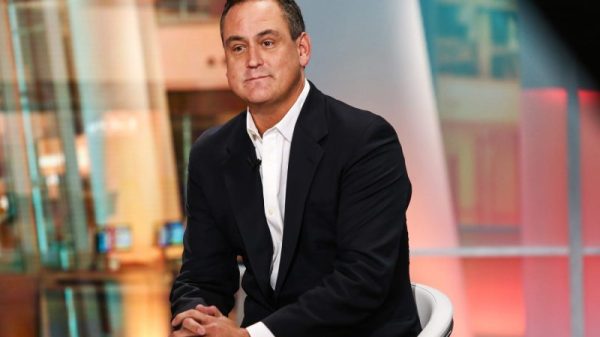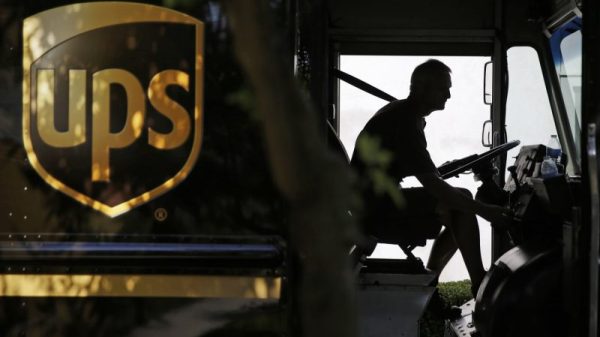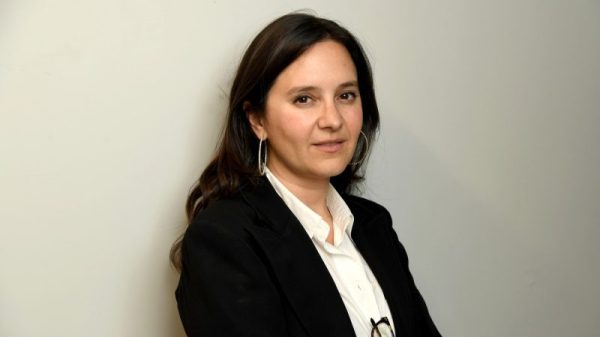Jeffrey Miron and Jacob Winter
Libertarians believe that drug prohibition is costly and ineffective. Prohibition encourages violence, since participants in banned activities cannot use legal, peaceful means to resolve disputes. Moreover, people who transact drugs are already hiding from authorities and thus are less concerned about employing violence. Underground markets also increase overdoses and poisonings since quality control is difficult. Prohibition reduces respect for the law, inhibits medicinal use of various drugs, promotes racial profiling and infringements on civil liberties, and spreads violence and corruption both domestically and in source countries.
In 2020, Oregon decriminalized possession of small amounts of hard drugs such as fentanyl, heroin, cocaine, and methamphetamine. Earlier this year, however, Oregon recriminalized drugs in response to high rates of overdose deaths and open-air drug use. Free-market skeptics claim the state’s unsuccessful policy experiment is evidence supporting prohibition.
This view is incorrect. First, recent research found that fentanyl saturated Oregon’s illegal drug market around the same time that decriminalization went into effect. The study found that this spread of fentanyl caused the increase in deaths, which would have happened regardless of decriminalization.
Second, Oregon’s policy failed not because it legalized possession but because it failed to legalize supply. Under decriminalization, drug users must still buy from the underground market. This leaves the negatives of prohibition in place, including the incentive for suppliers to lace drugs with fentanyl to minimize the volume of contraband.
Decriminalization reduces penalties for use, which is presumably good for drug users, but this may exacerbate the negatives of prohibition because reduced penalties for possession might increase demand for drugs, implying a larger underground market and more of the attendant ills. Thus, if policymakers legalize only one side of the market, the right approach is to legalize supply rather than demand. This would reduce violence in the underground drug market and allow consumers to protect themselves against laced substances through legal channels.
Indeed, successful decriminalization experiments like Portugal’s relaxed supply-side enforcement. Since 2010, the proportion of people serving sentences for drug offenses has fallen, and the number of heroin and cocaine seizures has declined despite rising throughout Europe. Penalties for trafficking and dealing drugs have also lessened. At the same time, the crime and homicide rates have dropped by 1.13 per 100,000 people since 2000, suggesting that their policy changes reduced supply-side violence.
Beyond these points, effective legalization must repeal federal prohibition. While state-by-state legalization is valuable, in part because it signals popular opposition to prohibition, state legalizations leave many issues in legal limbo. Many banks refuse to work in the marijuana industry, leaving cash-only dispensaries vulnerable to theft while complicating their transactions. Moreover, the federal tax code bars dispensaries from deducting typical business expenses from gross profits. Until federal prohibition ends, the clash between state and federal regulations will prevent the marijuana industry—and society at large—from reaping the full benefits of legalization.
This article appeared on Substack on November 6, 2024. Jonah Karafiol, a student at Harvard University, assisted with the production of this post.



















